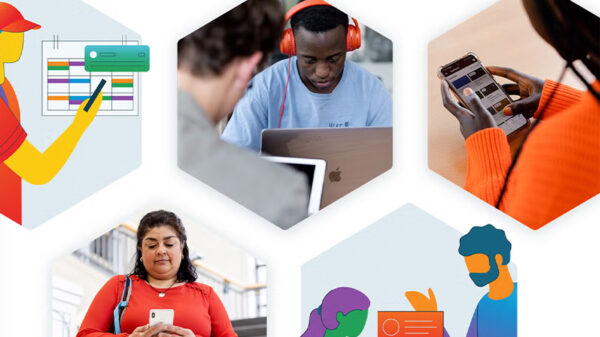By Michael Ngan
A student encounters a streaming problem during class. The teacher scrambles to fix it, while the student disengages from the lesson and seeks out a working parent for help. Meanwhile, the time that could have been spent on teaching or learning ticks away.
Sound familiar? Two years into the pandemic, volatile education conditions and the prevalence of hybrid learning have cemented a partnership between learning and technology, but this development also ushered in a host of problems.
In theory, online learning sounds like a good development, as technology has long been touted as a harbinger of a new dawn in education, promising to personalise learning and optimise teachers’ time. In reality, while the use of technology in the classroom has yielded benefits, teachers and students are still struggling to connect.
According to a study by Lenovo and Microsoft, three-fourths of teachers have difficulty holding students’ attention during virtual classes. Over half of students report distractions when learning from home, while 46% say that the lack of immediate feedback and interaction with their teachers and classmates are barriers to learning.
This challenge also extends to technical issues that both educators and students face. To make matters worse, they’re not getting professional support – more than half of educators don’t seek help from the school’s tech team, while students are more likely to troubleshoot on their own or turn to a friend, classmate or household member.
All these add up to a potentially disruptive learning experience.
Redistributing edutech’s responsibilities
The solution is to quit regarding technology as a blunt force instrument to be applied lackadaisically to all classroom experiences when it is better used as a precise surgical tool to meet specific hybrid learning needs.
By taking into consideration the nuance of classroom needs, and deploying advanced IT solutions and the right technology support to address them better, we can spend less time troubleshooting and more time on students’ educations. Schools must ensure adequate infrastructure and accompanying services designed to support teachers are in place.
If distracted students are an area of concern, Lenovo SmarterEd portfolio offers solutions including VR Classroom 2, which empowers teachers and administrators to integrate engaging virtual reality lessons into their curriculum. VR Classroom 2 offers fully integrated hardware alongside content, training and support designed with students in mind. Lenovo Hybrid Classroom solutions offer an all-in-one smart collaboration systems making it easier for students and educators to connect, share and learn remotely.
For students, educators and parents requiring tech support, Lenovo Device as a Service (DaaS) provides comprehensive technical management, helpdesk and support both on and off campus.
By coupling the uptake of hybrid learning technology with a clear overview of when and how to obtain support during the school year, schools can free up educators’ time to focus on their main goal: teaching.
Meanwhile, schools should also train parents from the start of term with basic IT skills and knowledge so that they can better support their children throughout the learning process.
As we approach another new year in which hybrid learning continues to define the education of this generation of students, it is important that schools support not just students, but teachers and parents as well. By treating hybrid learning technology and IT support as a powerful pair, schools can create the kind of learning experience that will properly equip students for the future.









































































































